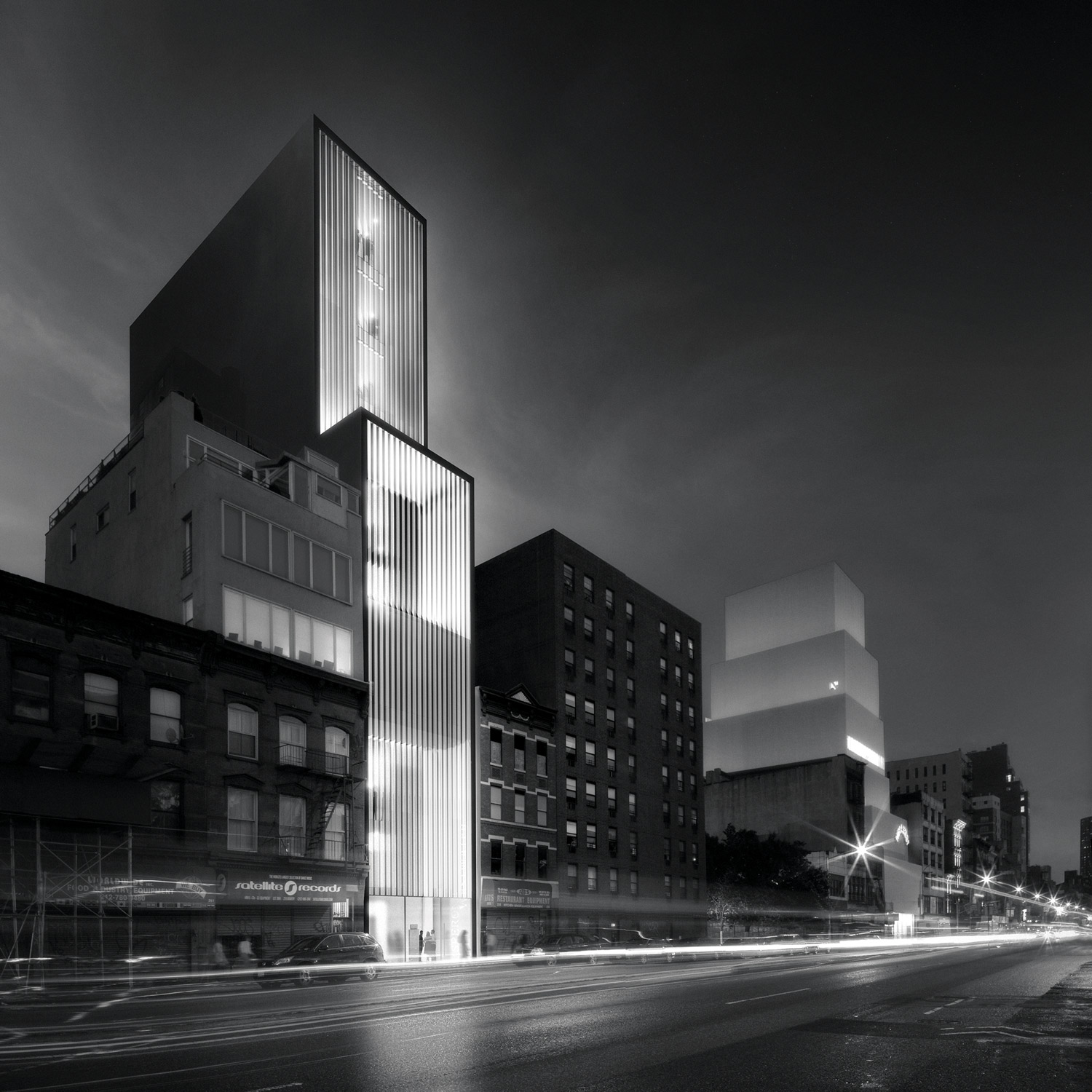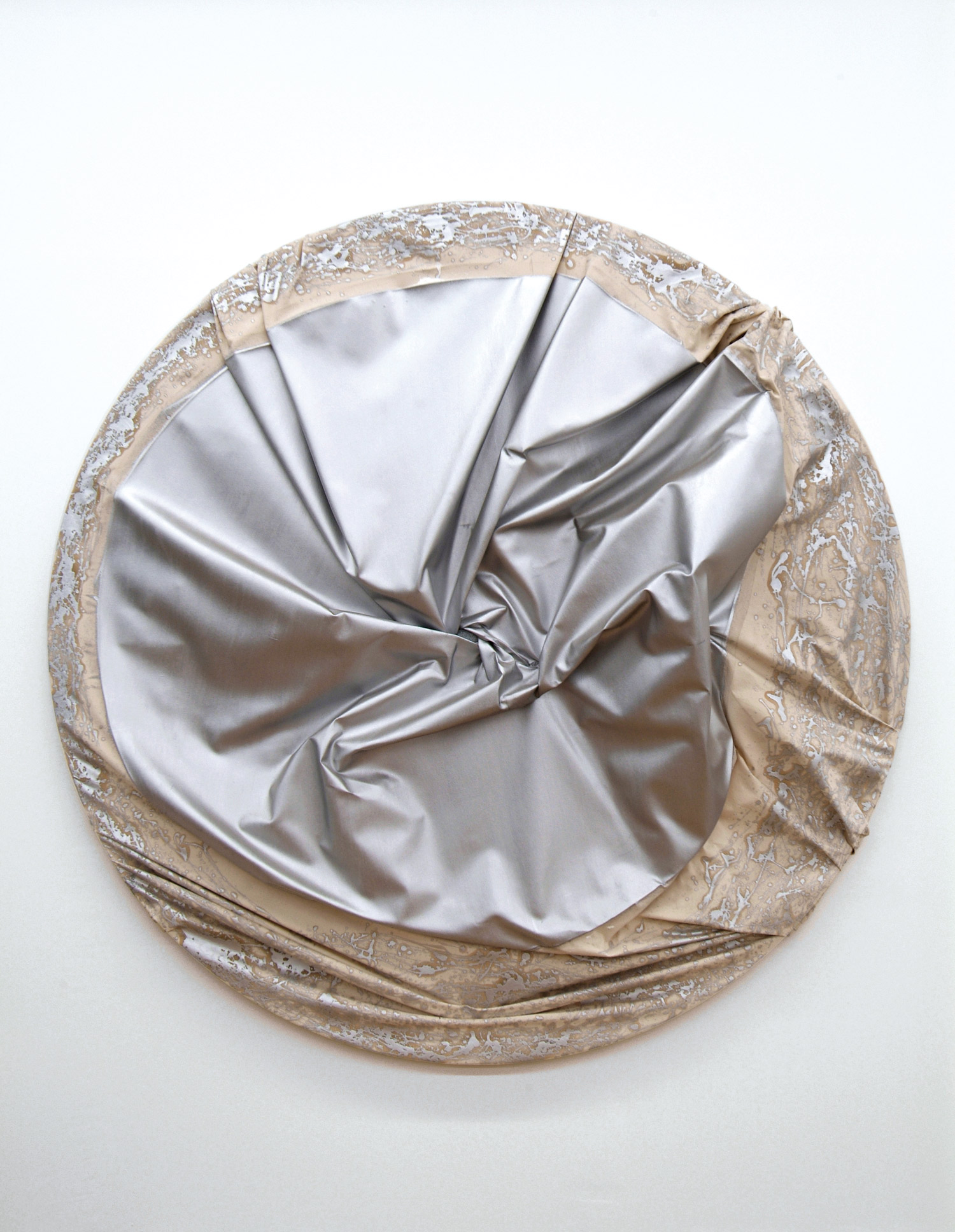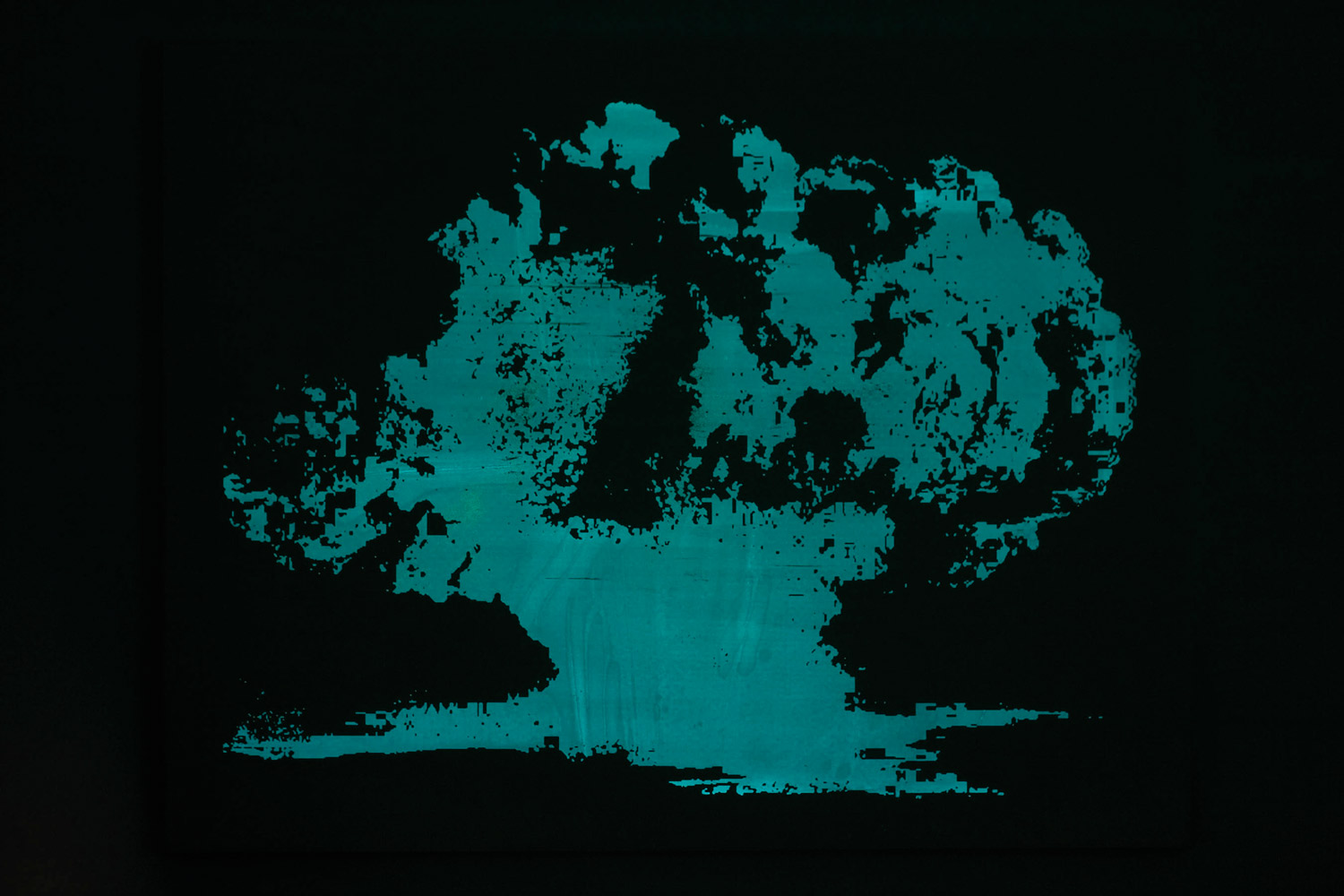
Fia sent Anthony a recycled text, he then filled in the questions. The text went back and forth and each fiddled with the other’s questions and answers.
Anthony Huberman: Are you for or against transparency?
Fia Backström: An obsession with the contemporary, conflating surface and content, so that the playoff between signs is given a semblance of pure formal relationships.
Looking for support to hold on to, sliding points of reference surround. Warped images of warped events — slippery times indeed, on slick surfaces of history image rebound — the next tourist souvenir. Latest model 2008. Hurry up. Make my day!
Pornographic excitement of see-through, what are you selling? All seems even more opaque. Distributed imagery re-circulated, the effect is a focus on the slides of signification in this format flow rather than on societal issues. The medium is not the message, it is relational effects, co-dependent items, not an isolated event.
Now, in the pushing of meaning and encoding in (post) capitalist information society, nothing is what it seems (but it is nothing else either); an eternal circulation of rhetoric or ways of saying “it.” First cut off the throat so we can’t say “it,” then smoke ’em out. It is a figure of speech baby, only an image. If there is smoke there must be fire…
Radical chic — using the left to be right. Agent provocateur — using the right to be left. What is Left to be done? What is the Right thing to do? What are the Left overs? What are our remaining Rights? The French spelling seems more chic, don’t you agree, “Freedom Fries” in reverse?
AH: But are you for or against transparency?
FB: A prefabricated obsessional neurosis stuttering the idea of the signature. By itself, the marker of authenticity, in this mechanized way, it starts to erode the fetishism of originality while reifying another kind of ‘difference,’ a difference produced by the sameness in the imprint. The repeated strokes turn into mud, puddles of paint, writing over writing. Smudging several fold; while hanging hard, strike a stroke.
AH: I see, and puddles of paint are compelling as much as they are generic. To mechanize authenticity and to prefabricate difference are nice contradictions that run through your practice. And I suppose we’re writing over writing right now. Making something look like it’s made. How did you handle the 2008 Whitney Biennial?
FB: Grotesque, a situation of a super fake community, a most artificial one, scorning unspecific affirming notions like the belief in inherent goodness and empowerment.
Together in our fictive universe, to look at some stuff, the products, the dogma.
More like a malfunctioning group therapy, somewhat like a cult, the art cult. In a regular cult at least there are prescribed rituals and structured belief systems. We have nowhere.
Pretty loaded for an empty image… Advertising gone haywire, the gaze of the gallery visitor is co-opted into the craving eye of the late-night 7-Eleven customer. In an oversaturated visual culture, any trick’s allowed.

AH: And yet the crowds flock to it like ants on a candy bar. You’ve done work that specifically addresses the nature of flocking, in fact.
FB: A prefabricated obsessional neurosis stuttering the idea of the signature. By itself, the marker of authenticity, in this mechanized way, it starts to erode the fetishism of originality while reifying another kind of ‘difference,’ a difference produced by the sameness in the imprint. The repeated strokes turn into mud, puddles of paint, writing over writing. Smudging several fold; while hanging hard, strike a stroke.
AH: I like that, smudging. The way I see it, you’re drawing lines in the sand, connecting authorities and communities. And then you watch as the water washes over it. Your work seems playful in this way, but ends with a jolt, second-guessing its own happiness. Opposites attract, I suppose.
FB: Transparency and opacity are inter-exchangeable, arriving at no ordinary transcendence.
AH: Transcendence! What do you mean by that? Transcend meaning-making? Interpretation?
FB: In an allegorical reading, one text is read through another, through layers, shifting location from which meaning is relayed. Sequentially layered depth rather than working across; depth here is virtual (not even a quarter-inch thick), making for surface readings of layers flattened for production. The layers of the image rampage over layers of tropes and possibilities for meaning-production, suggesting no one will be THE one, no closure at sight. The literacy of the audience is exploited and abused to the point where prolific ejaculation of signification and sense is expelled with the force of an allergic reaction like toothpaste discharge.
AH: You’ve chosen wallpaper — using Picasso and gallery logos — to pursue an interest in the economics of aesthetic conventions. I’ve always thought that consensus is the enemy of art. Would you agree?
FB: We encounter our pseudo-conscious, mass-cultured consumer minds already thoroughly excavated. One recycles a used item and so decides its path to dissolution. Recycling of images and sense-making compromises the viewer into partaking, shifting subjectivity into multiple locations, by playing with the expectations and the rules of circulation. Submitting us to re-enactment therapy, here meaning is re-use, wrong use, or any use and the effects become the message. This eco-art looks like mock-play without hygienic Green Peace pieces, obstructing construction of meaning. The work echoes worn out representational strategies, but instead of dialectically affirming or being usurped, it cuts the layers loose to endlessly re-circulate known sign-to-sign relations. No satisfaction in sight. As for criticality: a little whipping à la S/M then back to business as usual. Site specificity: another way to market expansion.
AH: Speaking of whipping and market expansion: “The Cold War was neither cold, nor a war. Discuss.”
FB: This is no ‘rebus art’ — as if having ceased the circulation of possible significations. Clear gestures are not useful in understanding this information, this logic is murky and warped: seizures of free-floating signifiers multiplying into subversive, perversive, persuasive, mutative, manipulative displays of hanging.
AH: So how’s it hanging?
FB: Remember, I’m a woman, I wouldn’t know how to answer that question…





